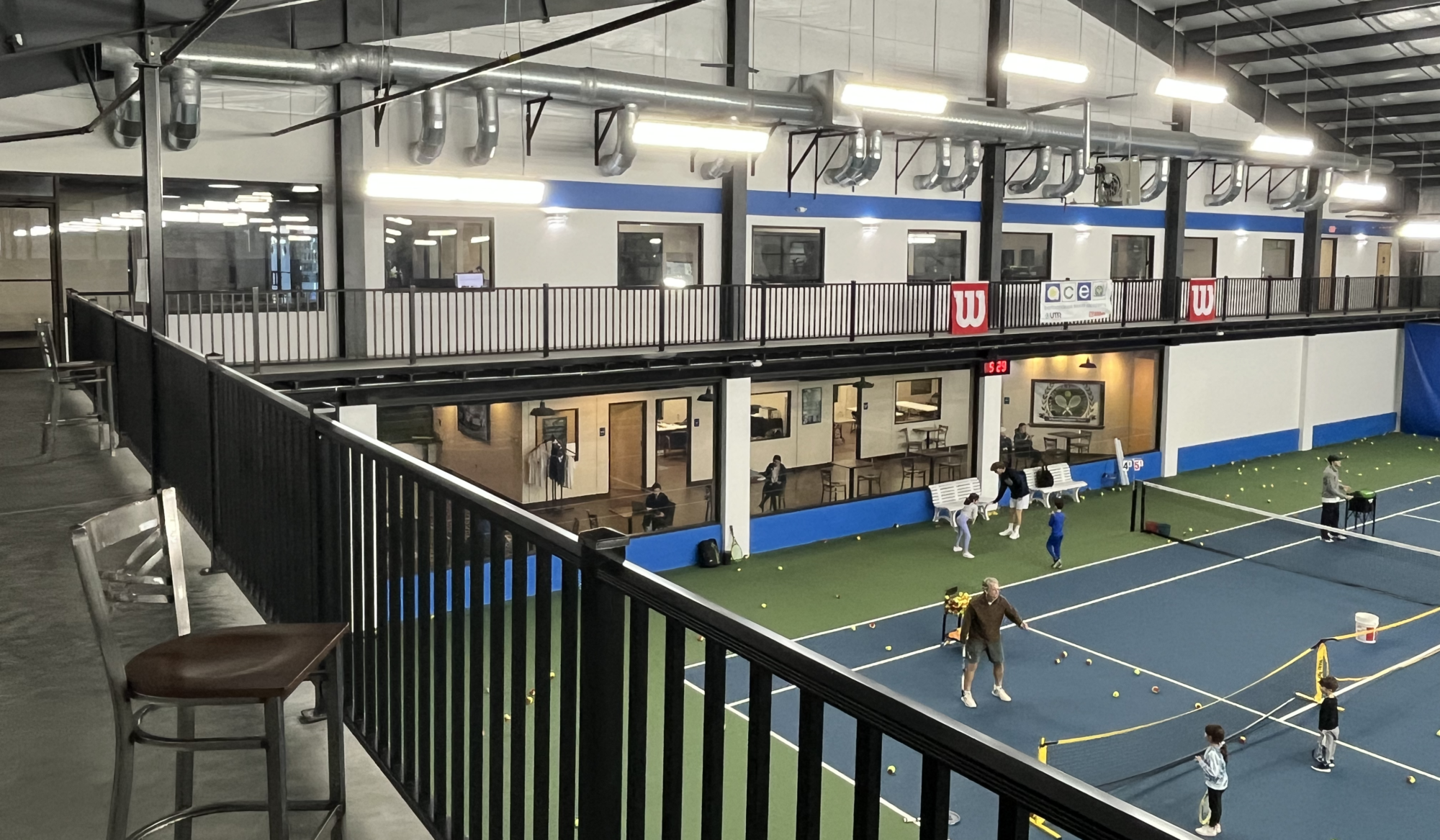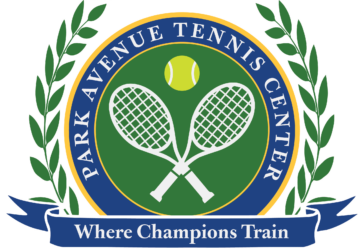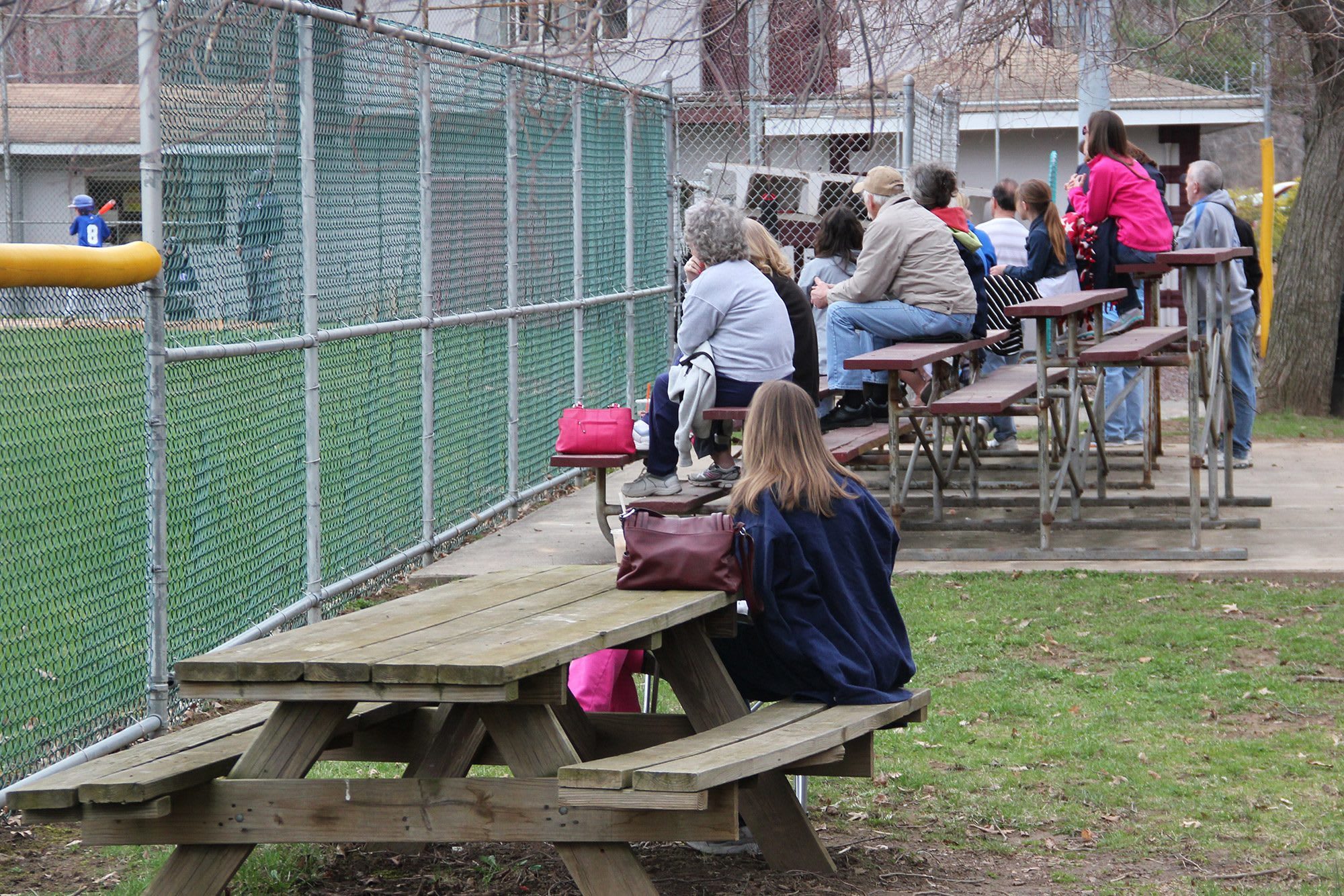Training Your Internal Senses
Training Your Internal Senses
Training Your Internal Senses
The Tennis Warrior by Tom Veneziano
As many of you know I teach tennis strokes by feel and not mechanics. Think about how a child learns to ride a bicycle or learns to walk. The child may be performing daily mechanics as he or she learns to walk, but they cannot walk or ride a bicycle until they develop a feel for walking or riding through repetition. You can walk today because you feel a sense of timing and a sense of balance from that repetition. And that sense of timing and balance allows the mechanics of walking to work. A tennis lesson should be no different. Just because you can perform a stroke mechanically does not mean you have a functional stroke. Without a feel for that stroke you may look pretty as you hit, but your results will be dismal.
This is where conventional tennis lessons go astray. Pros are preoccupied with the exact mechanics of the stroke, giving the impression to the student that the mechanics performed properly is the stroke. You may be thinking, "Well, isn't it?" Not even close!
I have seen thousands of players hit the so-called perfect stroke and send the ball sailing miles out! Meanwhile, the pros who do not have the so-called perfect stroke are hitting the balls in the court consistently. They do this by feel. Unless you have developed a feel from training the internal skills or senses you will have a superficial stroke that will inevitably break down under pressure.
You must learn to execute all your strokes by feel. How do you develop this feel? You develop this feel by training four internal senses by massive repetition. Those senses are:
- Timing
- Judgment
- Balance
- Muscle sense
All four of these internal senses combine together to form a whole, creating a 'feel' for a given shot. And that 'feel' allows the mechanics to work correctly. If you have a feel for a stroke you can improvise to make a shot. When you are all mechanics the ball had better be in the exact spot necessary to make the shot or YOU'RE IN TROUBLE! If you have a feel for a stroke you will identify with the stroke as a whole unit. If you are all mechanics you will identify with the stroke as individual parts, which can be mind boggling.
What I just explained about developing the four senses is why all pros have different styles and different form. Everyone has a different sense of timing, judgment, balance, and muscle sense. There are a million ways to swing high to low for slice and a million ways to swing low to high for topspin. No two pros are the same. Once a pro's internal senses are developed as a junior, his or her own individual style is revealed. This is accomplished by hitting thousands and thousands and thousands of balls. They may not look like the books explain or illustrate, but the results speak for themselves.
As juniors, pros may have had some lessons on the technical skills, but it was not until their internal senses were developed through repetition that their own individual style was revealed.
I remember reading about Bjorn Borg and his big looping forehand with the western grip. Even though coaches tried to change his forehand, Borg just kept hitting it because he said it just felt natural. As you know, the rest is history. The big looping forehand has become a common shot on the pro circuit and has changed tennis forever!
You too should learn to develop your own style through massive repetition. Yes, it's fine to take lessons, but do not rely on the technical to make you a good player. Instead rely more on training your internal senses, your sense of timing, your sense of judgment, your sense of balance, and your muscle sense to the point where you begin feeling the stroke, even if the stroke is not book perfect. Who knows, maybe you will change the face of tennis again!
When you train with emphasis on mechanics you become more robotic and rigid. When you train with emphasis on feel you become more natural and automatic... just like a pro! Eliminate from your mind this notion of the perfect mechanical stroke. That notion will hamper your freedom on the court to express your own style and form and to just be you. Instead, learn to develop your internal senses through hours and hours of practice on the tennis court.
Let me leave you with a response from Bjorn Borg in his book "Borg by Borg." Below is the interviewer's question and Borg's answer exactly as it appears in the book.
Question: You are the best player in the world and lots of people try to imitate your style. It has been said you don't like to be imitated. Is this true?
Bjorn Borg - "I know lots of players try to imitate me and I'm not sure that's a good thing for them. I think it's better to find your own personal style, as Mr. Bergelin [his coach] has said, rather than imitating someone. Playing like me might go right against the personality of the player who's trying to do it.
I think it's difficult to play as I do. You have to be very quick if you have a two-handed backhand, because you have to be nearer the ball when you hit it, so you have to get to it sooner. I see lots of young people trying to put on top-spin like Vilas and myself. I have nothing against it. It might even be a good idea, because it's difficult to play against opponents who put a lot of top-spin on the ball. But the most important thing is to feel at home playing your strokes. Everything else, slice or top-spin will follow naturally. Find the style that suits you best."
How do you like those last few lines? "But the most important thing is to FEEL at home playing your strokes. Everything else, slice or top-spin will follow naturally. FIND THE STYLE THAT SUITS YOU BEST."
This information was from a book written in 1979. It's now 2019! Do you think the tennis world will ever get it?
PATC Level 1 Tournament Results:
PATC April Level 1
Boys and Girls 12’s Results:
Girls Champion: Nicole Okhtenberg
Girls Finalist: Simran Makker
6-3, 6-2
Boys Champion: Andrew Gordon
Boys Finalist: Mateo Pouso
6-1, 6-4
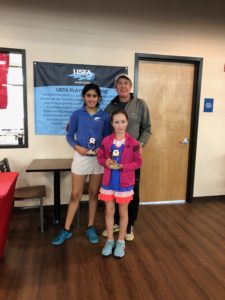
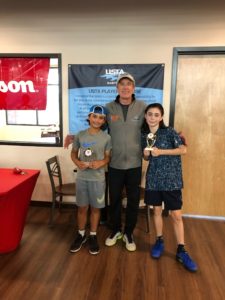
Do Tennis lessons help?!
"to derive maximum benefit when taking a tennis lesson you should follow these three guidelines below."
1. Don't compare yourself to others
2. Don't force what you are learning into match play.
3. Develop a simple training plan each week in addition to your lesson.
1. DON'T COMPARE YOURSELF TO OTHERS
Players are often not aware that when they compare themselves to other players they are not comparing apples to apples! All players have their own special mental and physical attributes. For instance, many players have told me they began playing tennis with another player at the same time, but that player is catching on faster. They do not take into account a number of different variables. The player who was learning faster could have played tennis at a young age and began again at an older age. That player also could have played other sports at a young age and developed an excellent foundation for tennis skills. Or that player could be a fast learner in the beginning and pass you, but in the long run you pass them!
Rafael Nadal, in the May 2005 issue of Sports Illustrated, says, "People ask, 'Who did you model your game after?'" He adds, "I never thought like that. I just played the way I was comfortable playing."
The bottom line - learn at your own pace, develop your own style and your own "feel" of spontaneous play, and have fun. Never compare yourself to others. Too many variables block any chance of even making a correct analysis. If you are discouraged get back on the court, keep practicing, keep your mind clear of all comparisons and stay focused on YOUR game!
2. DON'T FORCE LEARNING
One huge hurdle to overcome is to not force what you are learning in practice into match play. That is one of the main reasons that too much technical information does not work. You are taking weekly lessons and attempting to incorporate the techniques and mechanics into your match play. But when you play you find that is nearly impossible. Everything on the court just seems to be happening too fast! Well, cheer up, it really is impossible! No player under match pressure can consciously perform all the mechanics and techniques he has just been taught.
The best approach is to keep practicing until the mechanics you are learning become spontaneous and automatic. They will then show up in your match play. There is no need to force this process. In your matches you can practice a technique here and there and apply some simple general information, but the majority of what you are learning must first be rooted in your subconscious as you develop a "feel." If you are not able to apply what you are learning, this means one thing... not enough repetition yet!
3. DEVELOP A SIMPLE WEEKLY TRAINING PLAN
Here is where the majority of players fall short: NO CONSISTENT WEEKLY TRAINING PLAN, other than a lesson or some match play. You must develop a consistent but simple, week by week training plan in which you hit tennis balls on a ball machine, against a wall, or with a practice partner who is willing to be a slave driver!
You do not even need that much practice per week to achieve excellent results. Let's say you would like to improve your forehand and your volleys. If you have a minimum of one hour a week you could hit 150 to 300 forehands, and maybe 15 to 30 minutes of volleys. You could also sprinkle in some of the other shots like backhands or overheads, but your main focus and the most repetition would be on your forehand and volleys. This would significantly separate you from the pack. But you MUST continue week after week for months and months, not just practice for a few weeks and quit. You must make a commitment! This is the commitment that pros make that ultimately separates them from everyone else. Year after year they practice more than everyone else! Did you think it was just talent that makes pros the best in the world?
Tennis lessons can make a tremendous difference if you are willing to think correctly about your game (no comparisons), understand how you learn (do not force new techniques), and are willing to practice weekly (make a commitment).
Tom Veneziano
